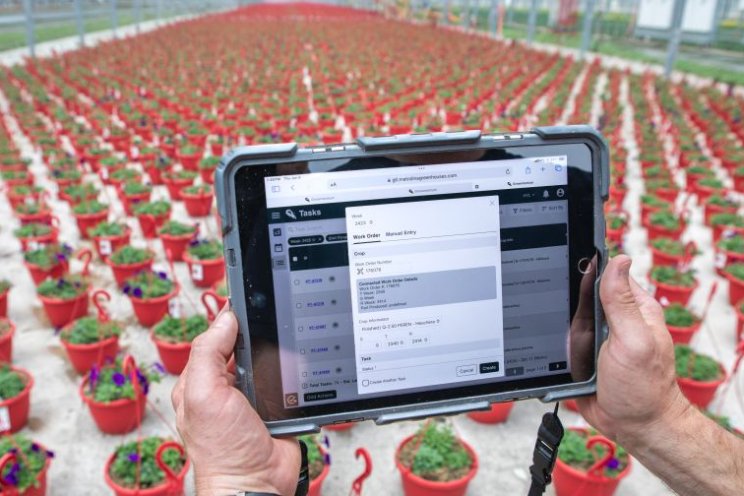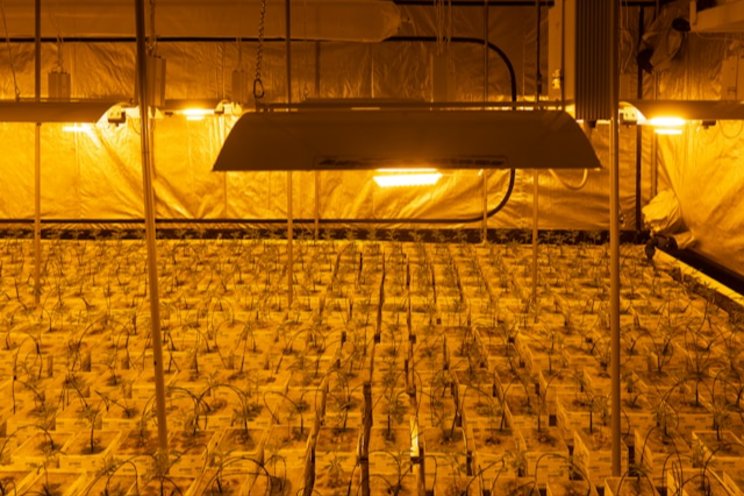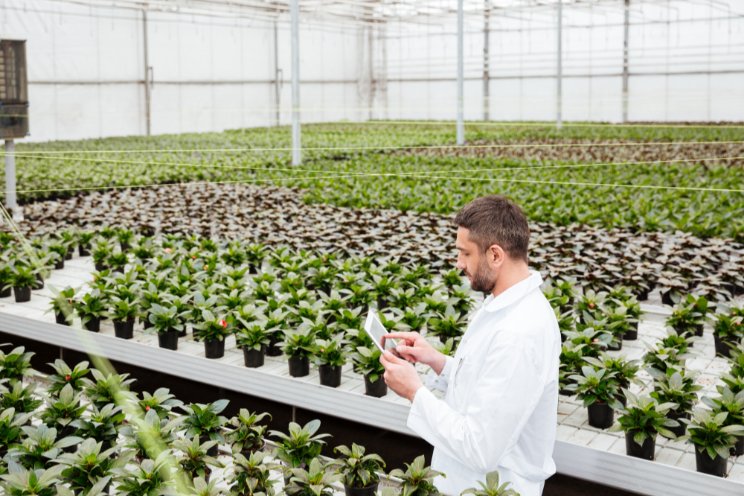Have you had your BLT today? Part 2: Lettuce
Added on 19 November 2020

Leafy Greens
Traditionally we think about leafy greens being the lettuce common in our supermarkets, but there is a very wide range of leafy greens, all vying for unique taste, crunch and flavour.
Microgreens are all the rage but what exactly are they? Generally they are the young seedlings of their more mature parents and are harvested within weeks rather than months making them much more accessible and easy to grow. They are packed full of vitamins and research suggests they contain more antioxidants than mature plants [1]. In a 2011 study, almost all of the microgreens tested had four to six times more ascorbic acid (vitamin C), tocopherols (vitamin E), phylloquinone (vitamin K), and beta-carotene (Vitamin A precursor) than the mature leaves of the same plant [2].

Some leafy greens like spinach and arugula are very high in vitamin K and this can be a problem for people on blood thinners or those prone to kidney stones who may want to avoid large quantities [3].
Some of the most interesting scientific research looking at phytochemical properties in leafy greens has been done by The Watercress Company examining the potential benefits of watercress to human health. Their studies show significant anti-cancer, anti-inflammatory and cardiovascular protective effects in people that consume Watercress daily [4]. More research is underway by The Watercress Research Company examining the biochemical mechanism of urease, an enzyme found in Watercress implicated in a range of pathological states in humans [5].
Cultivating leafy vegetables in a plant factory can help people suffering from very specific conditions. For instance, spinach can be cultivated with a low potassium content to help patients undergoing dialysis [6]. Environmental factors influence the growth of plant metabolites and manipulating these can help elucidate the perfect consistency of medicinal components. The quality and biomass of these plants can also be controlled using light intensity and spectrum. Varying the ratio of red to blue light can increase anthocyanin and ascorbic acid content in lettuce [6].
Growing Leafy Greens
Most of the world's Vertical Farms grow leafy greens of one type or another. Most greens are easy to grow and optimized techniques using CEA have aided large scale commercialization in America's largest facilities including Aerofarms, Plenty, Square Roots and Bowery. Hort Americas has a useful resource to help beginners grow microgreens and a master class on controlled environment technology can help beginners successfully grow micro herbs. Hort Americas also recommends Farmer Tyler's comprehensive road map on growing leafy greens.
Source and Photo Courtesy of Urban Ag News
Source: Urban Ag News
More news















